Archibald Hope 1803–1871
(known as Archivaldo in Mexico) was born in Rainford, England. He was a very successful businessman – running woolen and cotton mills in Mexico. Archibald Hope was the third son of Peter Hope and Ann Chisholm of Lancashire, England.
Archibald, and his brothers Cuthbert Collingwood, and Horatio Nelson Hope were my 1st cousin 6x removed.
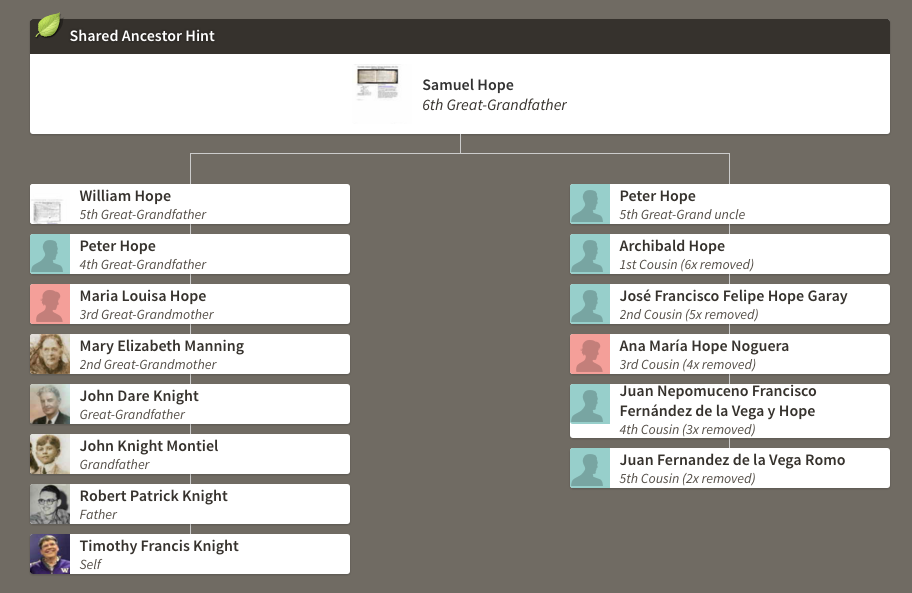
Their father, Peter Hope of Liverpool was my 6th great-uncle. Peter was the son of Samuel Hope (1709-1781) who was my 6th great-grandfather from Manchester, England. See the graphic with Hope relatives.
Recently, I found a DNA match to a cousin from Mexico City who is related via the Hope family lineage. So, on a windy and rainy weekend in Seattle, I started researching the Hopes from Lancashire, England. Some of the Hope relatives were ship builders, while others became merchants and manufacturers. A few Hopes immigrated to Canada, Mexico and the USA in the 1800s.
In 1829, Archibald Hope travelled from England to Mexico and engaged with his younger brother, Cuthbert Hope, in the manufacture of cotton and woolen goods. The partnership was very successful.
Marriage in 1832
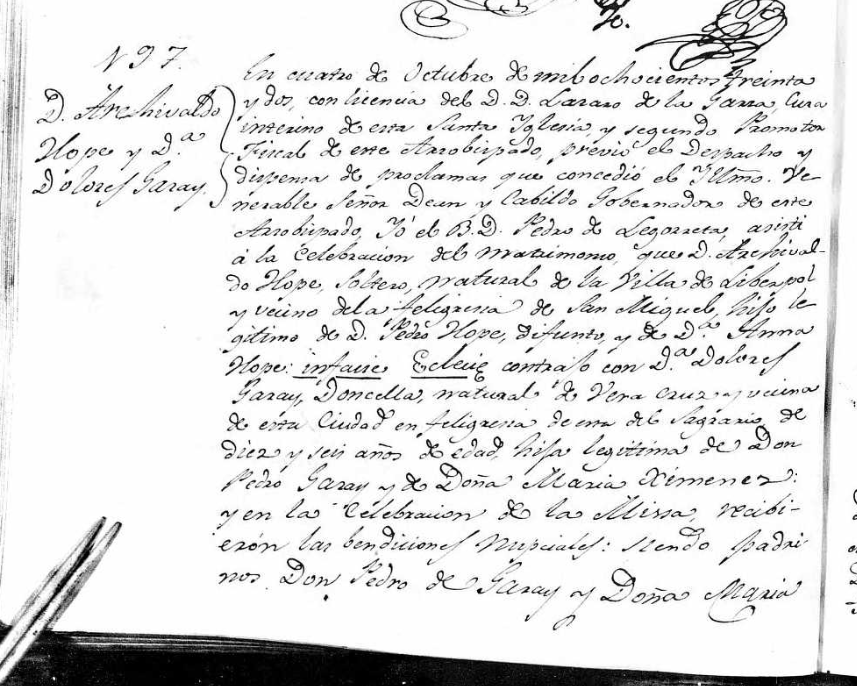
Archibald married Dolores Garay Jiménez, and they
had at 14 children. Archivaldo Jose Feliciano Francisco Hope Garay, was their first son born in Mexico City, Mexico.
Marriage of Archivaldo Hope and Dolores Garay Jiménez
in 4 Oct 1832 at Asunción Sagrario Metropolitano • A Catholic Church in Mexico City
Address: Seminario 16, Centro Histórico, Centro, 06000 Ciudad de México, CDMX, Mexico

Note the spelling of Archibald’s first name, was ‘Archivaldo’ in Spanish.
Family of Archibald Hope
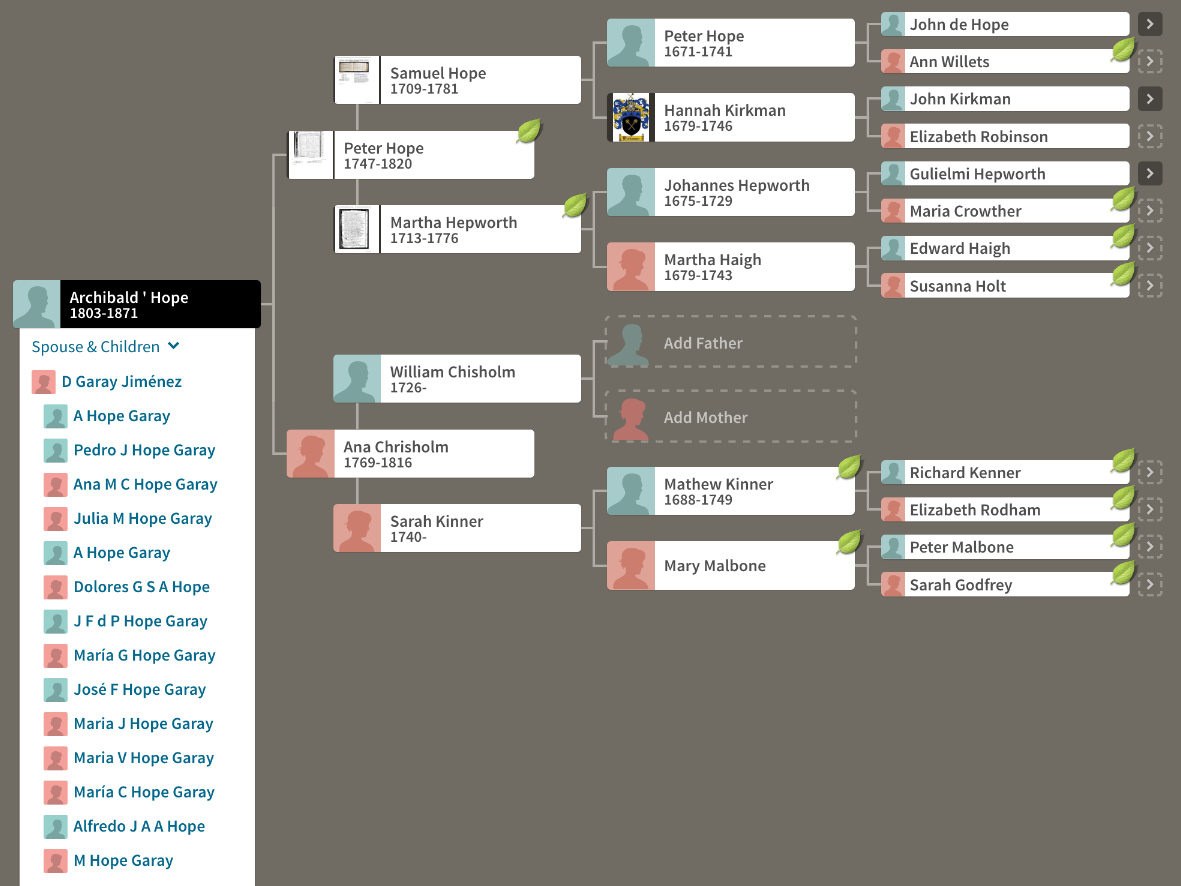
Archibald ‘Archivaldo’ Hope 1803–1871
BIRTH 30 MAY 1803 • Rainford, Lancashire, England
DEATH 24 SEP 1871 • Mexico City, Mexico
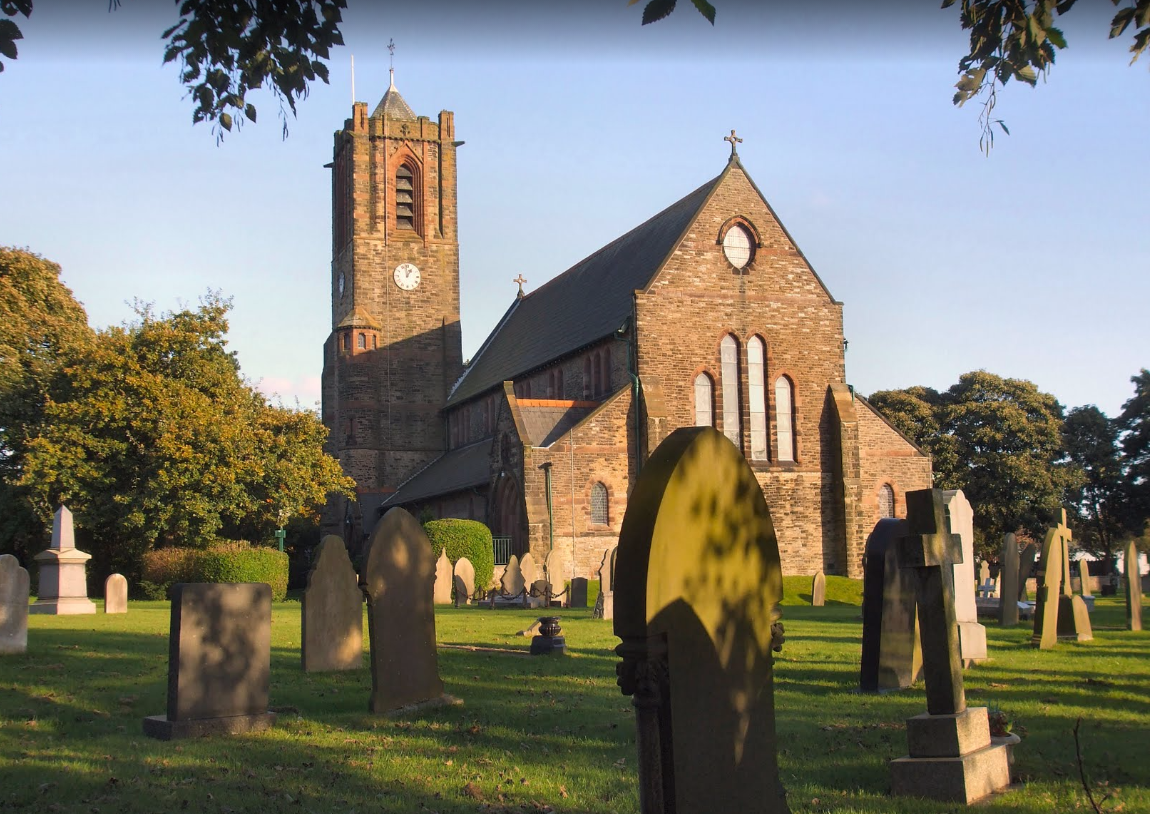
Rainford is a village and civil parish within Metropolitan Borough of St Helens, in Merseyside, England.
See photo of Rainford Church of England.
Parents
Peter Hope 1747–1820 Lancashire, England
Ann Chisholm 1769–1847 Lancashire, England
Siblings
Horatio Nelson Hope 1801–1867
Cuthbert Collingwood Hope 1805–1882
Spouse
Dolores Garay Jiménez
1818-1875 Mexico
married 4 Oct 1832 Asunción Sagrario Metropolitano • Mexico City, Mexico
14 Children:
• Archibaldo José Hope Garay 1836-
• Pedro Hope Garay 1838–1887
• Ana María Hope Garay 1839-
• Julia María Hope Garay1841-
• Archibaldo Pascual Hope Garay 1842–1892
• Dolores Hope Garay 1844–1887
• José Francisco de Paula Hope Garay 1845
• María Guadalupe Hope Garay 1847
• José Francisco Hope Garay 1849
• María Josefa Hope Garay 1852
• Mary Victoriana Hope Garay 1853-1907
• María Concepción Hope Garay 1855
• Alfredo José Hope Garay 1857
• Margarita Hope Garay
See Archibald Hope Family Tree
Textile Business in Mexico
Archibald Hope went to Mexico in the 1800s, where he built some textile factories, with his brother CC Hope, which were ultimately destroyed by fire. He married a Miss Garay, whose father built the Caballito De Troya, the Bronze Horse in Mexico City.
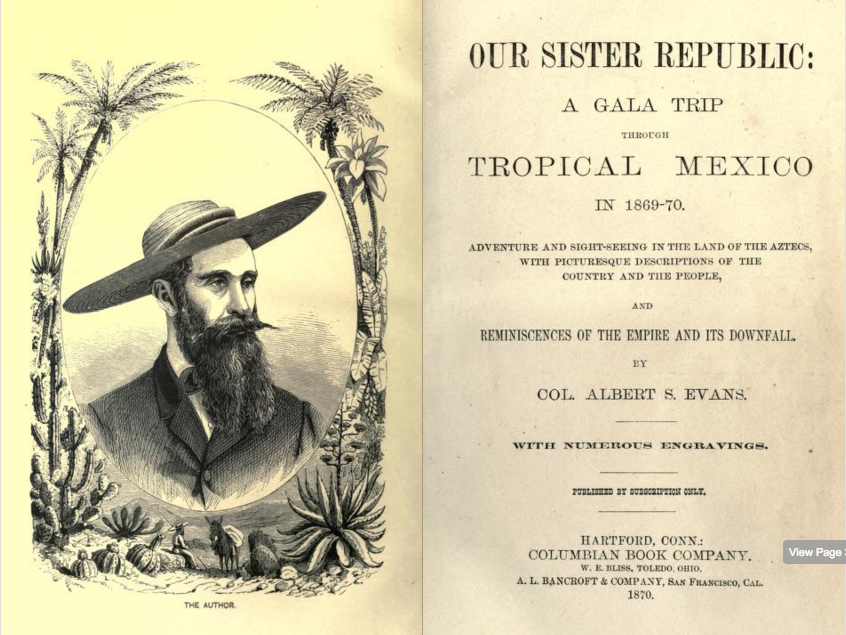
Archibald Hope was mentioned in a book about tropical Mexico in the nineteenth century:
“We stayed that night at Tepji del Rio, at the residence of Mr. Archibald Hope, an Englishman forty-five years
resident in Mexico, who is erecting a cotton and wool factory and flour mill, at this point, which were to be ready for operation in a few days. This mill is furnished with the best of machinery from England and the United States, and will employ three hundred workers, and is in all its departments, one of the most complete in Mexico”
The town was about 2 hours north of Mexico City.
source: Our Sister Republic: A Gala Trip Through Tropical Mexico In 1869-70: Adventure And Sightseeing, by Albert S. Evans.
Business partnership in MexicoAnother business partnership of Archibald Hope…

“La Magdalena, on the southern outskirts of Mexico City, began operation in 1836 as a limited partnership
between Antonio Garay (a Mexican), Lorenzo Carrera
(a Spaniard), Archibald Hope (an Englishman),
and John Currigan (from Ireland) with Garay possessing an 80% interest in the firm.
“All of these investors possessed highly diversified interests in Mexico, ranging from tobacco farms and cotton plantations to mines, small railroads, and several textile factories in different states.”
A reference indicates the business operated for over 70 years – La fabrica La Magdalena Contreras 1836-1910.
(source: Anderson and Edwards Families blog)
La Fábrica La Magdalena Contreras
The history of the Fábrica La Magdalena Contreras points to factors essential for success. Probably founded in the late 1830s in the valley of Mexico, the company was set up as a private partnership by a small network of Mexicans and foreigners related by marriage, and cemented by trust established through earlier trading ventures. The three principal partners were Antonio Garay, Lorenzo Carrera, and Archibald Hope. Fellow industrialists-cum-financiers completed the list of shareholders.

Garay was a politically well-connected merchant and banker: sometime Minister of Finance, and member of the Colonisation Commission and Commission for Industries, he was also one of the concessionaires of the government tobacco monopoly. Originally from Spain, Carrera had interests in trade, land and mining, as well as the mill.
Hope, a British businessman who had already constructed textile mills in Mexico, was responsible for day-to-day management at La Magdalena. The mill produced both cotton and woolen cloth. Modern machinery had been purchased, and skilled machinists recruited, overseas. In addition to cotton and woolen mills, around the mid 1850s, the factory compound included a church and worker barracks.
The business encountered serious financial problems in late 1850s and early 1860s, a period of renewed civil war and foreign intervention. Overloaded with debt, the firm was successfully restructured and refinanced. By the 1870s, La Magdalena was the second largest producer of coarse cloth and blankets (manta) in the country, and appears to have been profitable thereafter.
source: M. Trujillo Bolio ‘La fábrica La Magdalena Contreras, 1836-1910
Note: The Magdalena Contreras is one of the 16 territorial demarcations of the City of Mexico , located to the south-west.
The Politics of Profit
“Fiscal considerations, pressure from textile-exporting countries like Great Britain, disillusionment with the prospects of ever developing an-efficient domestic industry, and sheer political chicanery combined in 1841 to erode Bustamante’s commitment to enforcing statutory prohibitions on textile imports. To raise money to finance a promised new offensive against Texas in 1841, the commander of the Army of the North, General Mariano Arista, authorized the sale of special licenses to permit the import of yarn through the port of Tampico. Guillermo Drusina and Cayetano Rubio engineered this circumvention of tariff codes, drawing on themselves and on Bustamante’s government the wrath of textile factory owners and other protected groups in Mexico.
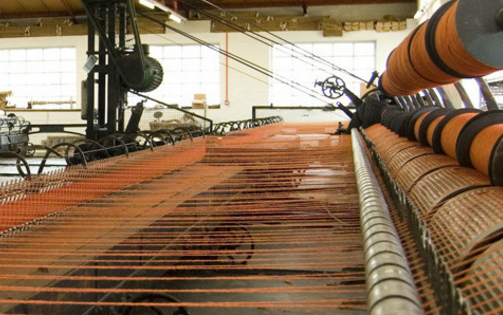
“Enjoying influence with neither Bustamante nor Santa Anna, the many foreigners who had invested in Mexican industry rushed to enlist the aid of their home governments in overturning Arista’s action. The French minister supported his nationals’ reclamation; the British minister did not. British investors complained in a manifesto to Pakenharn dated 11 February 1841 “that in the faith of the inviolability of this law [the Tariff of 1837] we have embarked large capitals in the establishment of works for the manufacture of these articles.”
“By staging a public demonstration outside the minister’s residence, a group of angry Britons led by factory owners Andrew Lyall and Archibald Hope planned to pressure the minister into changing his mind. Mexican authorities intervened, however, and outlawed the meeting. Furious with this abridgment of their rights as Englishmen, the demonstrators naively asked Pakenharn to intervene so that they might meet to protest his arbitrary behavior. The minister declined their invitation.”
source: Textile Manufacturing in Mexico: Miraflores, 1840-1860 https://msu.edu/course/hst/384/Textiles.htm
Mexico in the 1830sTake a look at this old map of Mexico (Tanner 1836). This was during the period of the Hope’s textile business in Mexico.
Note the northern expanse of the country, including regions that now part of Texas, New Mexico and California.
A little history…
The Texas Revolution began when colonists in the Mexican province of Texas rebelled against the increasingly centralized Mexican government.
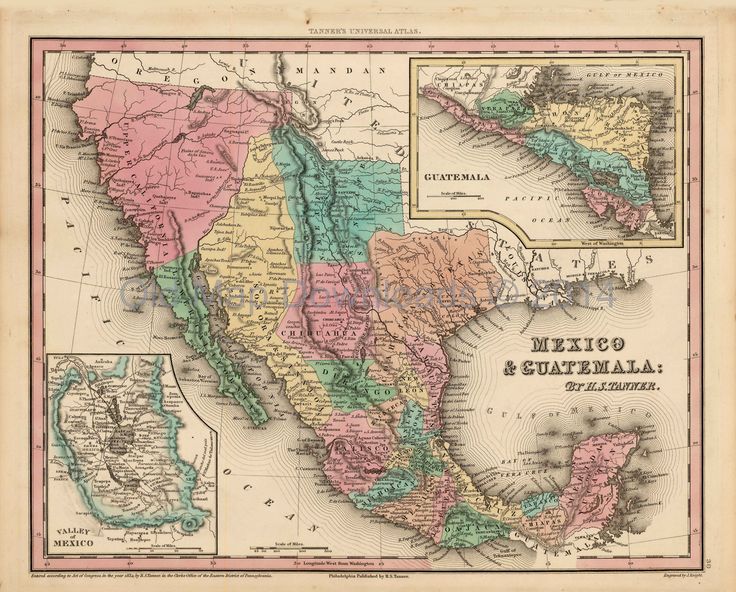
Texas IndependenceDay is the celebration of the adoption of theTexas Declaration of Independence on March 2, 1836. With this document signed by 59 delegates, settlers in Mexican Texas officially declared independence from Mexico and created the Republic of Texas.
References
Horatio Nelson Hope Family of Canada
Cuthbert Collingwood Hope
Information about Archibald Hope
(Anderson and Edwards Families blog)
Our Sister Republic: A Gala Trip Through Tropical Mexico In 1869-70 (chapter 10)
M. Trujillo Bolio ‘La fábrica La Magdalena Contreras, 1836-1910: una empresa textil precursora en el valle de México’ in C. Marichal & M. Cerutti (eds.) Historia de las grandes empresas en México, 1850-1930 (Mexico 1997) pp.245-74.
Cotton Textiles and Industry in Latin America: from ‘de-industrialisation’ to ‘re-industrialisation’, c.1800-1939 Colin M. Lewis

